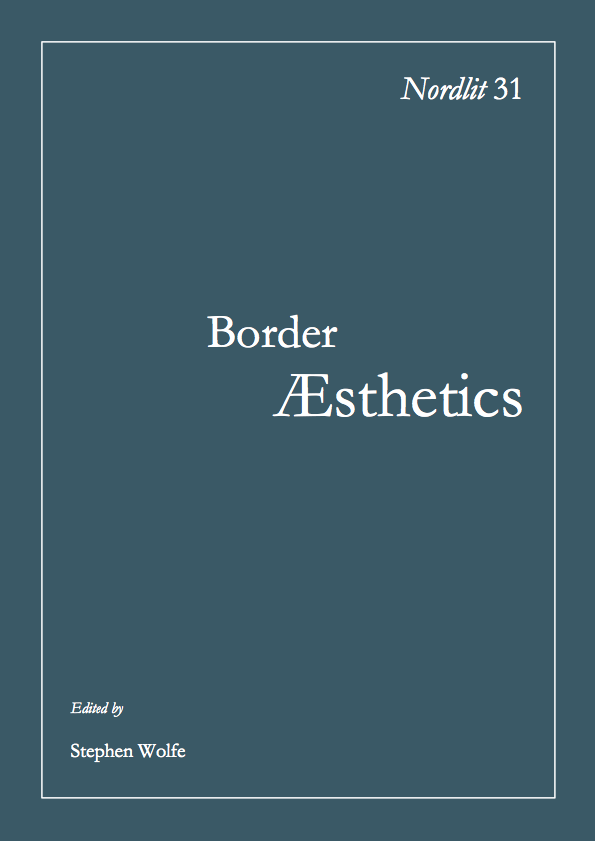Rasquache aesthetics in Alex Rivera’s “Why Cybraceros?”
DOI:
https://doi.org/10.7557/13.3053Keywords:
website, mockumentary, border, Alex Rivera, aesthetic practice, filmAbstract
This paper studies Rivera's 12-year-old spoof outsourcing website, with particular attention to the 4.5 minute 1997 video that served as its original point of departure (he is now best know for his 2008 feature film, "Sleep Dealer."). Rivera’s work in general involves a practice he calls a “rasquache aesthetic” of filmmaking. In a recent interview he defines this concept more precisely, commenting on how Latinos/as channel the creativity that responds to necessity, as people with limited resources turn to repurposing and recycling for their original work. In the hands of Latino/a artists associated with rasquachismo, like Guillermo Gómez Peña, Lalo Alcaraz and Coco Fusco, all of whom have influenced Rivera profoundly, this practice of collage becomes a conscious and conscientious cultural practice. In a parallel manner, in Rivera’s work, the tearing apart and rebuilding of cultural images adds texture and depth, and both his fiction and documentary films include stock footage, rough animation, public domain google map images, and a variety of other materials.
Downloads
Published
How to Cite
Issue
Section
License
Forfattere som publiserer i dette tidsskriftet aksepterer følgende vilkår:
- Forfattere beholder copyright og gir tidsskriftet retten til første publisering samtidig som verket lisensieres med en Creative Commons Attribution 4.0 International lisens som tillater andre å dele verket, forutsatt at verkets forfatter og første publisering i tidsskriftet erkjennes.
- Forfattere kan inngå separate, ikke-eksklusive avtaler om annen distribusjon av tidsskriftets publiserte utgave av verket (f.eks. egenarkivering i et vitenarkiv eller publisering i en bok), så lenge førstepubliseringen i tidsskriftet erkjennes.
- Forfattere tillates og oppmuntres til å gjøre verket tilgjengelig på nettet (f.eks. i et vitenarkiv eller på andre nettsider) før og under innlevering, da dette kan lede til nyttige menings- og kunnskapsutvekslinger og til tidligere og mer sitering av det publiserte verket. (Se The Effect of Open Access).









